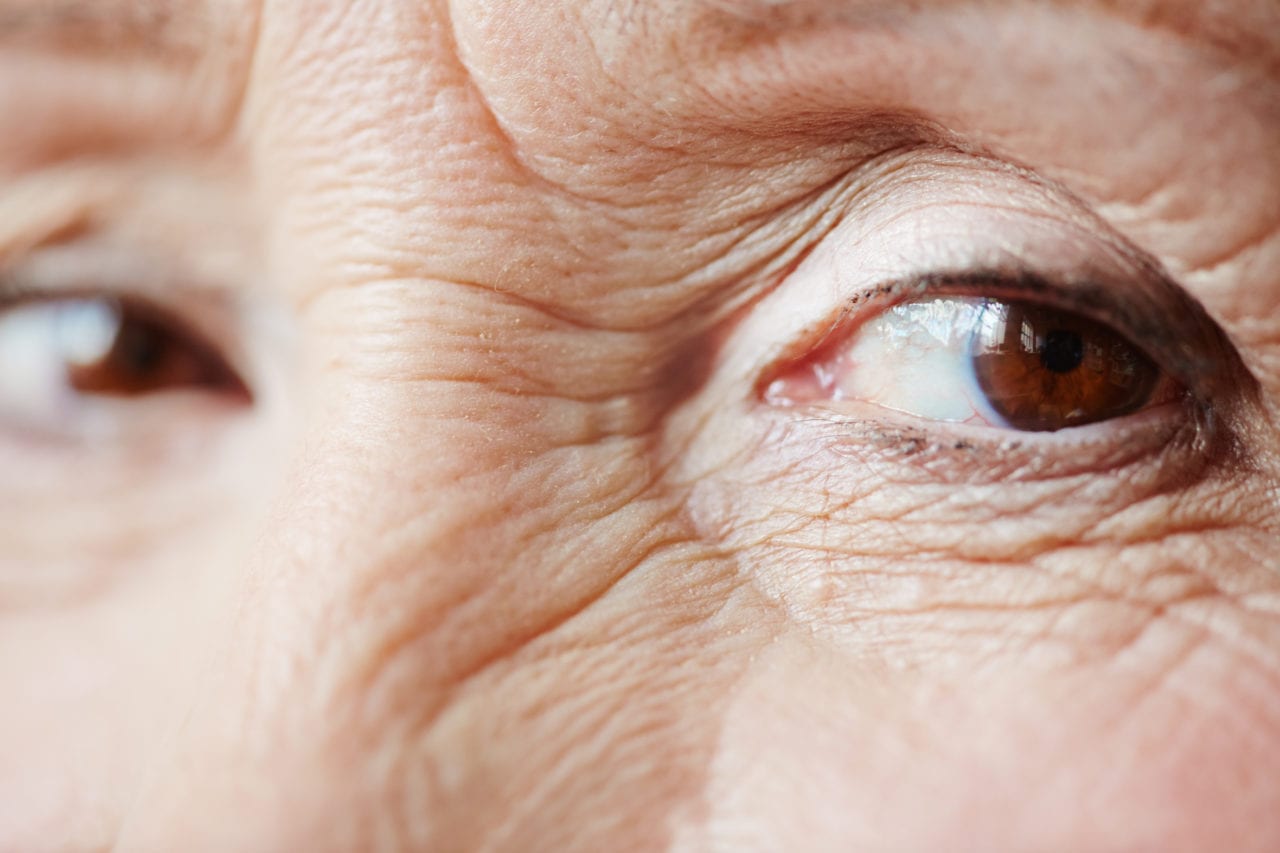Physical Address
304 North Cardinal St.
Dorchester Center, MA 02124
Physical Address
304 North Cardinal St.
Dorchester Center, MA 02124

Age-related macular degeneration (or AMD) is not a condition to be taken lightly.
AMD is a scary eye disease. In part what makes it so scary is that, at least at the moment, there is no known cure. It’s also scary because it leads to vision loss and affects a lot of people. In fact, over 10 million people in the US have macular degeneration. The biggest risk factor for getting AMD is age.
If you’re concerned that you or a loved one may have AMD, it can be frightening and overwhelming. One of the best things you can do is make sure you know the facts about this eye disease. Because there are a lot of misconceptions people have about AMD. So let’s look at 8 of the most common ones and set the record straight. That way you’ll have a better understanding of AMD and how to best handle it.
Actually there are several treatments your doctors can prescribe to help preserve your vision for as long as possible. One common one is to take vitamins and minerals that can help slow down the progression of dry AMD. These include zinc, vitamin C, lutein, zeaxanthin, vitamin D3, and vitamin E.
In fact, AMD is the leading cause of vision loss in adults over 50. The condition also affects people as young as 20. Overall macular degeneration affects about 10 million Americans. That is more than cataracts and glaucoma combined. This fact also busts the myth that macular degeneration is only for seniors and people over 50.
Yes, there is a chance that AMD can worsen and lead to loss of vision in one or both eyes. However, this is not always the case. Also, macular degeneration usually does not affect peripheral vision. Early diagnosis and proper treatment can help prevent AMD from progressing.
A lot of people with AMD go undiagnosed for years. This is especially true in the condition’s earliest stages. This is why regular eye exams are recommended. This also busts the myth that you only need to get your eyes checked when you feel something is wrong with your vision.
With low or limited vision, there may be some limits on the kind of work you do. However, there are still plenty of options out there that people with AMD can easily do. Some include law, human services, business management and others.
There are cases where this is true. And, yes, having a family history of AMD does increase your risk of developing this condition. However, people without a family history can get AMD. Other risk factors for getting AMD include smoking and being overweight.
There are no cures yet for AMD. However, there are several treatments that can help slow down the progress and prevent severe vision loss.
Yes, it’s true that our vision changes as we age. However, severe vision loss and AMD is not a normal part of aging. So there you have it, the top most common misconceptions about AMD. We hope that this article has helped clear out some questions in your head, and help you process this condition as best as possible.
Another common eye issue is astigmatism. Learn about 4 top astigmatism treatments here.